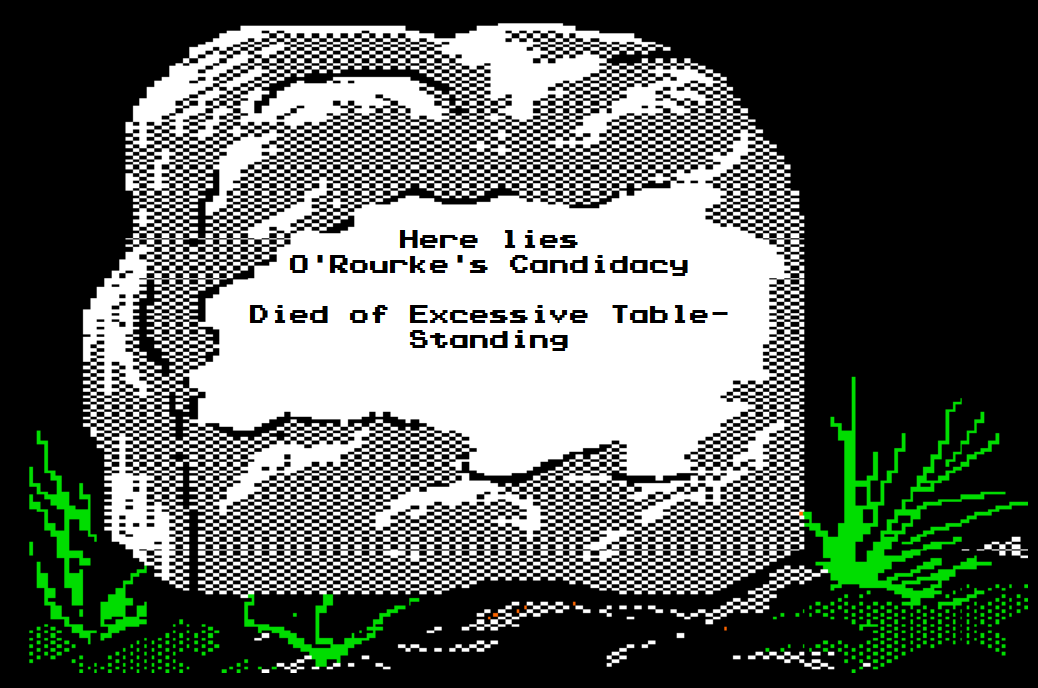For the last several months, global survey research firm Morning Consult has been conducting a weekly tracking poll of the Democratic presidential primary. Every week, the site is updated with the results of the previous week’s survey of nearly 17,000 registered voters throughout the United States.
Page 2 of 3
A couple weeks ago I started writing about an analysis I put together of the 2020 Senate races, based upon an examination of PVI and generic congressional ballot polling. I got a thousand or so words in before I realized that what I really had was a standalone article explaining the consequences of over-investing in sexy but unwinnable races, while ignoring genuinely winnable races. That article also explains what the hell PVI and generic ballot polling are, so if you haven’t already, please read that first.
I tear my hair out every time I see a Democratic primary poll where candidates who could potentially be competitive in Senate races in really difficult states—like Steve Bullock could be in Montana—continue to rack up 0% to 3% support. (O’Rourke, you blew it, we don’t speak your name in this household anymore.) Why? Because control of the Senate matters. A lot.
Pete Buttigieg has been a captivating candidate for many. I had been impressed with him early on, and thought that he gave a top-3 performance during the first debate. His fundraising also signals that he has incredible potential as a candidate. According to Federal Election Commission filings, Buttigieg raised more money than any other candidate between March 1st and June 30th of 2019, surpassing even frontrunners Joe Biden, Bernie Sanders, and Elizabeth Warren.
I’ve been tracking the polling for top candidates in the 2020 Democratic Presidential Primary since around early March. Early on, for the sake of simplicity and time, I decided that I wouldn’t bother tracking candidates that were bottom of the bucket type candidates, especially since there are so. Damn. Many. Of them. Besides, it’s not terribly scintillating to watch slight tenth of a point twitches in polling for candidates that are a rounding error above zero.
Even though we’re more than 8 months out from the start of the Democratic Primary, the inevitable circus of a presidential primary is already well under way. So much so that one of the key challenges facing Democrats is whittling the Costco-sized bulk pack of 24 candidates already in the running down to a more manageable (and comprehensible) number.
I’ve been maintaining a spreadsheet generating a graph from a running average of the Democratic primary candidates since March. This is the first time I’ll be rolling this out in any detail, so I want to take a step back first and explain my rationale for my approach.
A poll released by Fox News in May 2019 pitting Trump against top Democratic candidates—Biden, Sanders, Warren, Harris and Buttigieg—made a number of journalists, commentators, and armchair analysts raise their eyebrows a bit.
Alternate title: Why Do We Give a S*** About Two States With Populations Comparable to Dallas and Chicago?
It’s very easy to look at the countless would-be presidential candidates crisscrossing Iowa and New Hampshire a year, 18 months, or even 2 years before the presidential election, and think that (a) they clearly need to find a hobby, and (b) that the journalists and media personalities covering these antics are desperate to have something to talk about.
I was doing a bit of research, and I came across a bit of interesting analysis that Nate Silver did a few years ago.
In looking at very early primary polling (polls conducted the year prior to primaries, like where we’re at now), he attempted to compensate for name recognition among candidates by taking their polling and dividing it by their name recognition.



